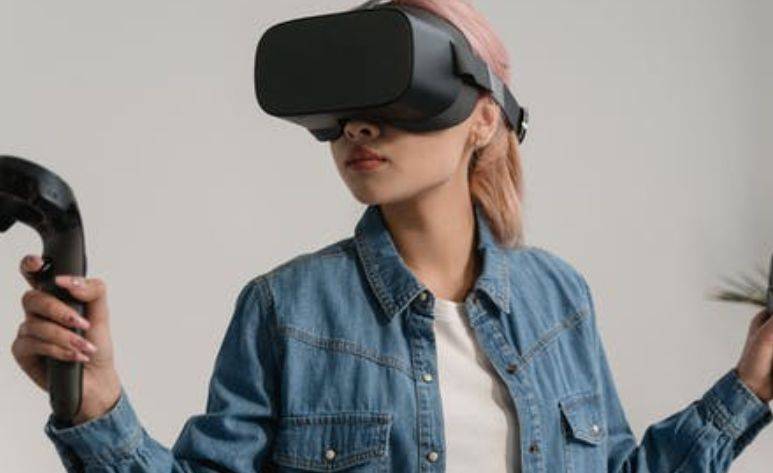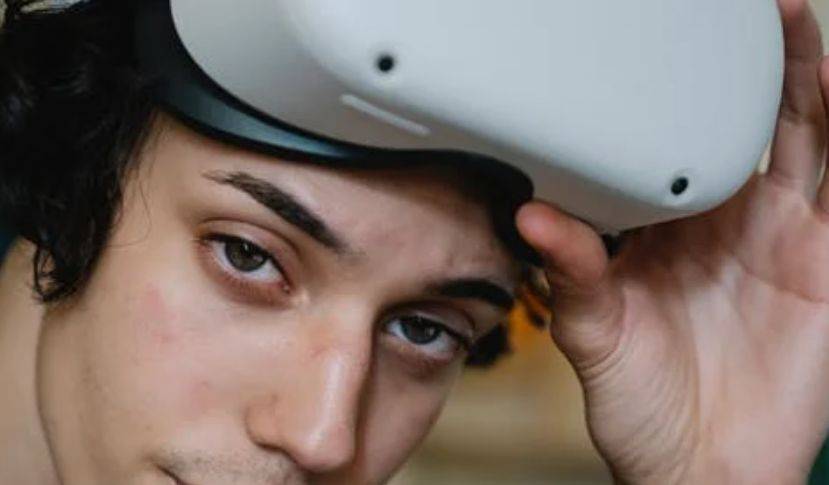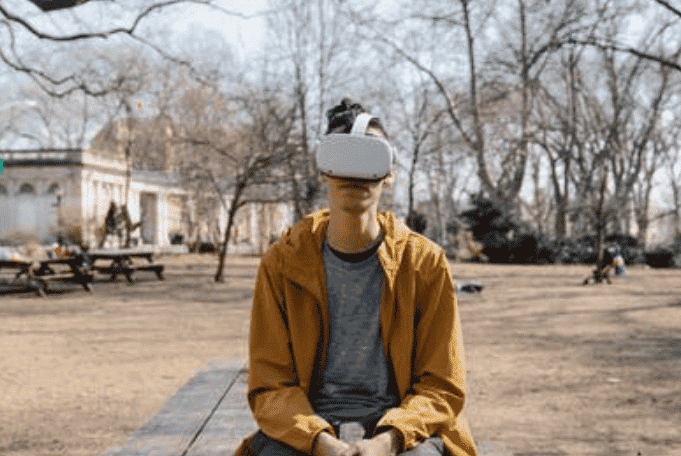1. Physical layer
The bottom layer of the Internet is also the physical layer. Only with optical fibers and cables can a network be built. The Metaverse is also based on the ICT network. The Internet is an infrastructure of the Metaverse.

In addition, these virtual reality, augmented reality, and mixed reality hardware devices, including VR, AR, MR, and XR, are the bottom layer of the metaverse, the physical layer.
2. Blockchain: the underlying architecture realizes a decentralized economic system

The Metaverse requires the construction of its own independent economic system. Blockchain technology can realize the transfer of value within the Metaverse through smart contracts, ensuring the transparent and efficient implementation of system rules.
As a non-fungible token, each NFT is unique and indivisible. From a technical point of view, NFT is issued based on the blockchain, so the ownership is clear and the transfer traces are left, realizing digital ownership and verifiability.
From the perspective of application scenarios, NFT is expected to become the value carrier of digital assets in the metaverse, so that users can truly own the ownership of virtual items. At the same time, NFT can realize the transfer and intercommunication of assets between sub-universes, laying the foundation for multi-platform interoperability.
3. Game: or become the first landing scene of the Metaverse
The game is generally considered to be the initial entrance to the metaverse, which gives players a virtual identity, and players can rely on this identity to socialize in the game, and the metaverse has begun to take shape.
4. Architecture: Data
The virtual reality world must be interconnected and digitally symbiotic. The first thing to test is our bandwidth, storage capacity and computing power. IT (Information Technology), CT (Communication Technology), DT (Data Technology) platforms are the most basic platforms of the Metaverse.

The bandwidth must be wide enough to be able to transmit 3D things. At the same time, 3D video and images, such an always-on low-latency environment, will require more than 10 orders of magnitude of storage space for each person. A decentralized global storage platform and computing platform will be the standard of the Metaverse.
5. Network and computing technology: 5G/6G and edge computing achieve low latency
Metaverse requires high synchronization and low latency, so that users can get a real-time, smooth and perfect experience. According to the test data of Open Signal, an independent third-party network testing agency, the end-to-end delay of 4G LTE can reach 98 milliseconds, which meets the interactive needs of video conferences, online classes and other scenarios, but it is far from meeting the needs of the Metaverse for low-latency applications. Strict requirements.
A major problem of VR equipment is the dizziness caused by transmission delay.

The Metaverse requires users to log in with any device and be immersed in it anytime, anywhere. It requires real-time monitoring of data and a large number of calculations. It is difficult for a single or a few servers to support the huge computing load of the Metaverse. Cloud computing is a kind of distributed computing, and its powerful computing power is expected to support a large number of users online at the same time.




GIPHY App Key not set. Please check settings